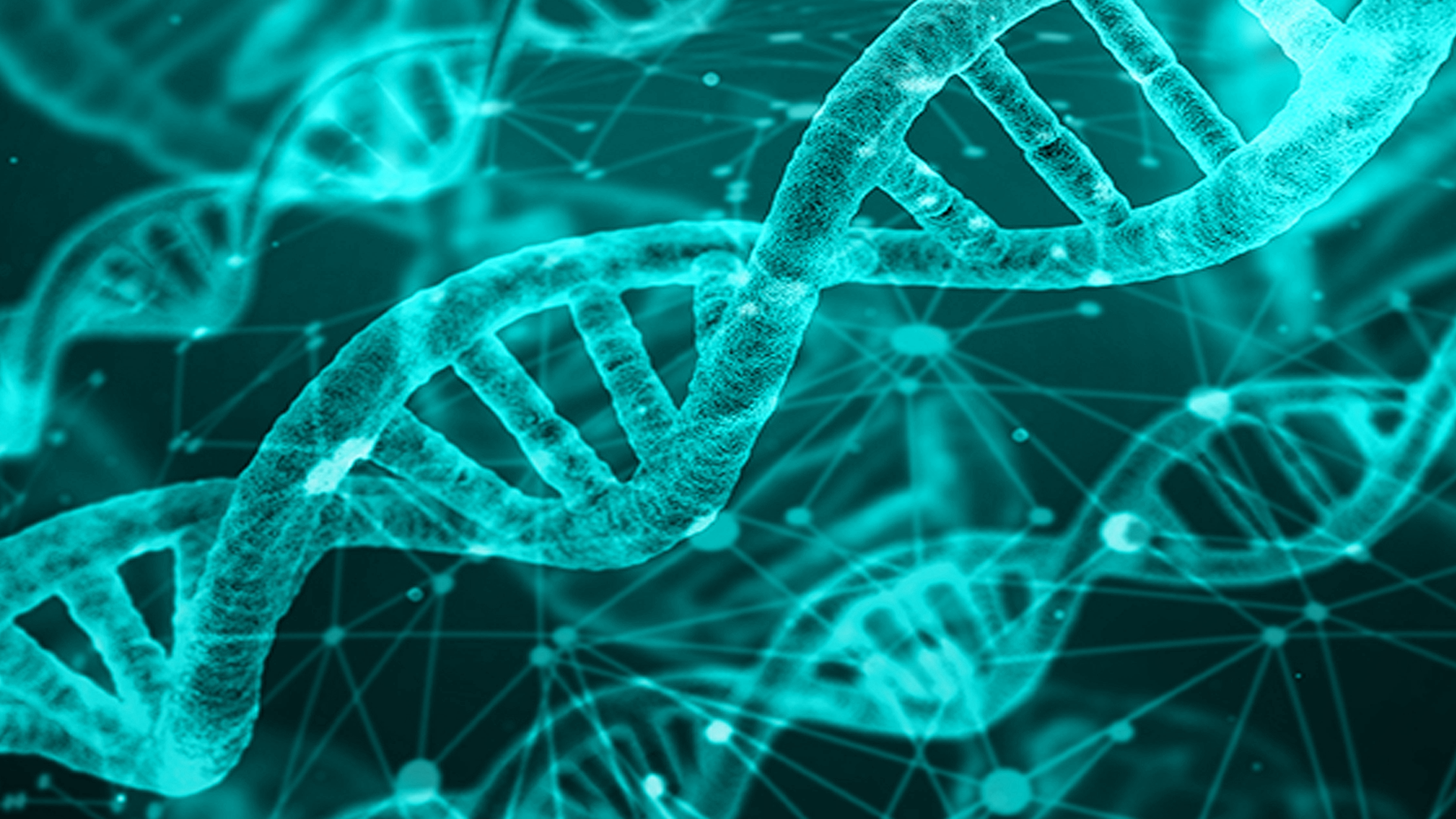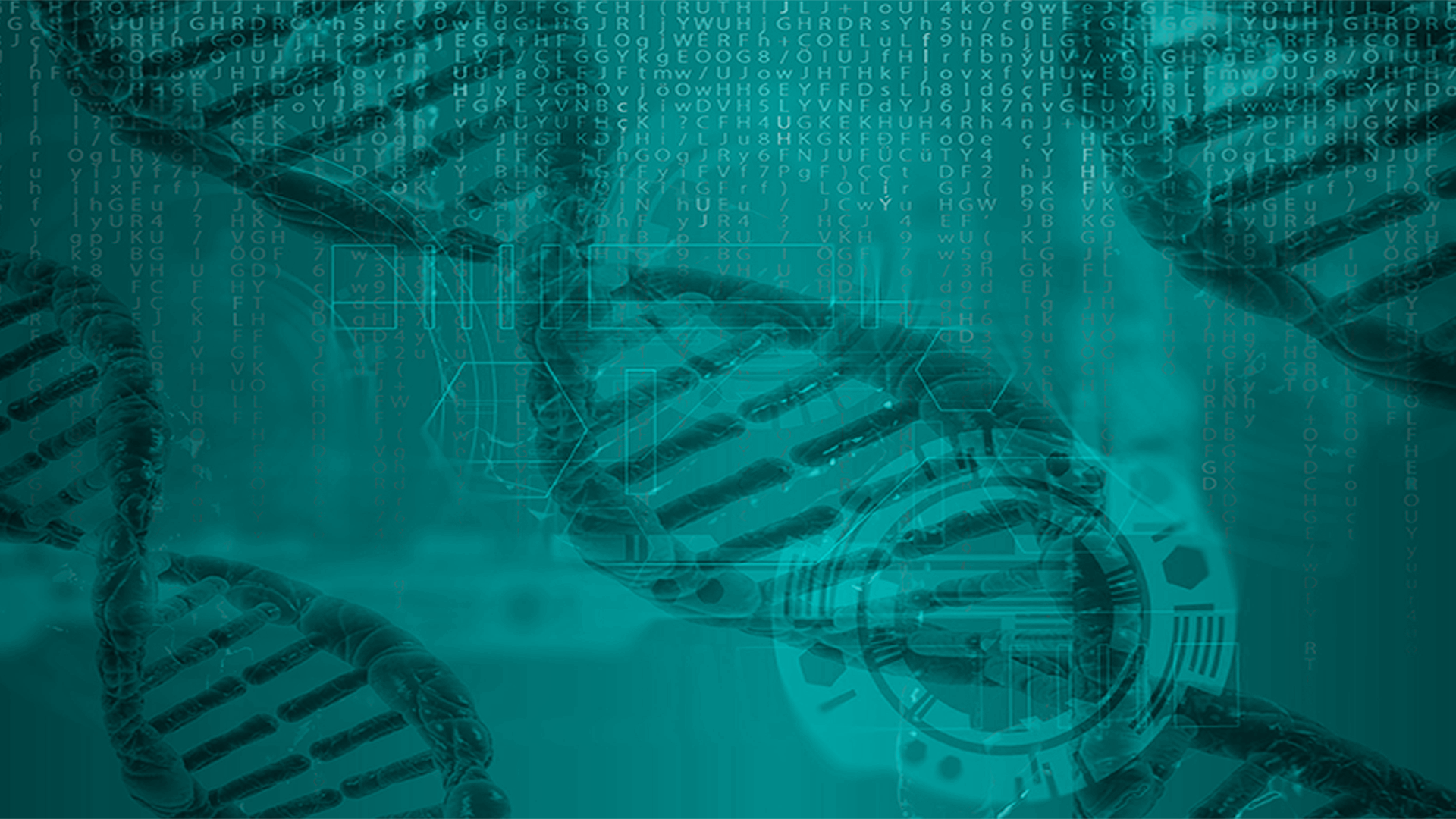
The extensive usage of high-throughput deoxyribonucleic acid (DNA) sequencing technologies opens up new perspectives in the treatment of several diseases and enables the implementation of a new approach to healthcare known as “precision medicine”.
DNA sequencing technologies produce extremely large amounts of raw data which are stored in different repositories worldwide. The processing, analysis, and comparison of such distributed data is a fundamental element for the effective usage of sequencing data for clinical and scientific purposes. Standard Application Program Interfaces (APIs) and Metadata, obviously, are the basis for interoperable and automated data access and processing systems that can efficiently operate on the worldwide available sets of sequencing data.
This part of the standard is fundamental in providing means to test and validate the correct implementation of the MPEG-G technology in different devices and applications to ensure the interoperability among all systems. Conformance testing specifies a normative procedure to assess conformity to the standard on an exhaustive set of compressed data.
In November 2020 the fifth part of MPEG-G, Coding of Genomic Information (ISO/IEC 23092-5) was published.
This version for the standard ISO/IEC 23092-5:2020 for part 5: Conformance provides specifications for a set of test procedures designed to verify whether bitstreams and decoders meet requirements specified in ISO/IEC 23092-1 and ISO/IEC 23092-2. Procedures are described for testing conformity of bitstreams and decoders to the requirements that are fully determined in ISO/IEC 23092-1 and ISO/IEC 23092-2. This document identifies those requirements, associates them to functionality under test and defines how conformity with them can be tested. Test bitstreams implemented according to those functionalities are provided in electronic form.
The document is now available to here.






